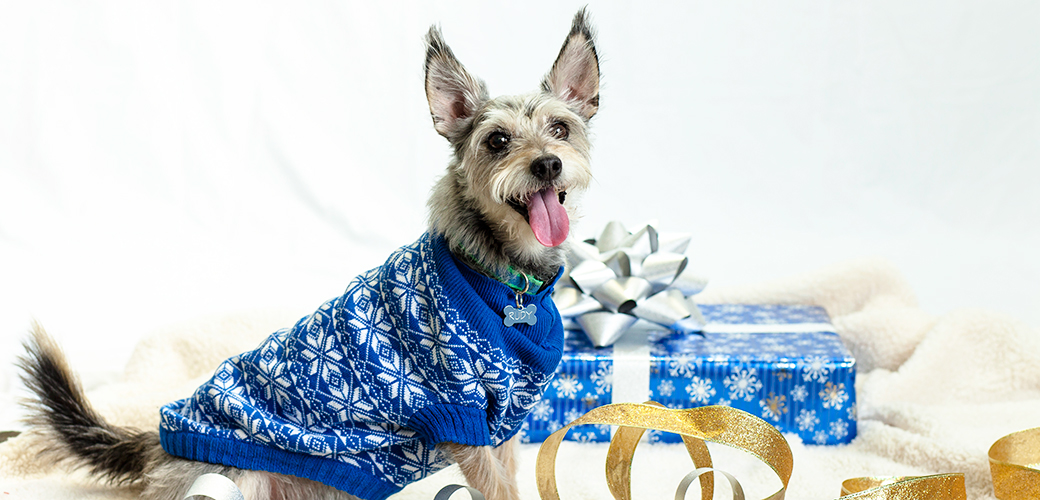Sleeping With Your Pet Can Be Good For Your Health: Safety Tips When Sharing Bed With Your Dogs, Cats
Experts said sleeping with pets may be good for health. Here are some helpful tips to ensure sharing bed with dogs or cats become a beneficial and safe experience.
Previous studies and the Centers for Disease Control and Prevention (CDC) agree that sleeping with pets may be good for the health. Despite this, it is still important to practice certain measures to ensure that the unconventional sharing of bed with dogs or cats remain beneficial and ultimately, safe.
In a study published in the Mayo Clinic Proceedings in 2015, 41 percent of pet owners reported that sleeping with pets does not create negative issues and is in fact, advantageous. Study subjects said that sleeping with pets allows them to feel a sense of companionship, security and relaxation. Such reports cannot be ignored because quality sleep is defined by relaxation of both the physical and mental states.
CDC also said that having pets in the household have an array of benefits. This includes lowering blood pressure, cholesterol levels and feelings of loneliness. Aside from that, it can also increase opportunities for physical activity and socialization.
Although pets are recognized to have an overall positive effect, these furry animals may carry germs that cause what experts call zoonotic diseases. Spotting pets that carry these germs is hard, especially because carriers typically look normal and healthy. People may allow these pets to sleep on their beds without knowing the risks. Therefore, it is very important to take caution.
Here are some safety tips when sharing bed with dogs and cats.
- Take pets to the veterinarian for regular check-up to ensure that it is free of diseases.
- Subject pets to monthly preventive interventions against fleas and other parasites.
- Ensure that pets' vaccination is up-to-date.
- Always practice good hygiene to prevent transmission of germs that owners may acquire from pets.
- Always wash hands thoroughly with soap and running water every after contact with pet's saliva.
- Contact veterinarian if pets exhibit unusual signs and symptoms of illness.
- Clean up stool, urine or vomit on bed or in the bedroom immediately. Disinfect the area and be sure to don gloves and wash hands thoroughly afterwards.
Not all pets are meant to sleep with its owners on bed. In fact, not all pets for adoption or for sale are suitable for every family. CDC recommends checking the breed and the type of dog or cat before getting one. Most importantly, it is a must to consider household members who have weak immune systems, very young, very old and those with diseases such as diabetes and HIV/AIDS.
Knowledge is key hence, pet owners must ask their pet's veterinarian about the type of environment, food and specific care that their pets need. Some dogs are better left outside of the house while cats are typically more suitable inside. Those specific pet needs and wants are important to consider before owning a pet, and ultimately, before letting them sleep on the bed.
- See more at: http://www.techtimes.com/articles/133573/20160215/sleeping-with-your-pet-can-be-good-for-your-health-safety-tips-when-sharing-bed-with-your-dogs-cats.htm#sthash.QjMy3MHC.dpuf













 Thanksgiving is a special holiday that brings together family and friends, but it also can carry some hazards for pets. Holiday food needs to be kept away from pets, and pet owners who travel need to either transport their pets safely or find safe accommodations for them at home. Follow these tips to keep your pets healthy and safe during the holiday.
Thanksgiving is a special holiday that brings together family and friends, but it also can carry some hazards for pets. Holiday food needs to be kept away from pets, and pet owners who travel need to either transport their pets safely or find safe accommodations for them at home. Follow these tips to keep your pets healthy and safe during the holiday.






